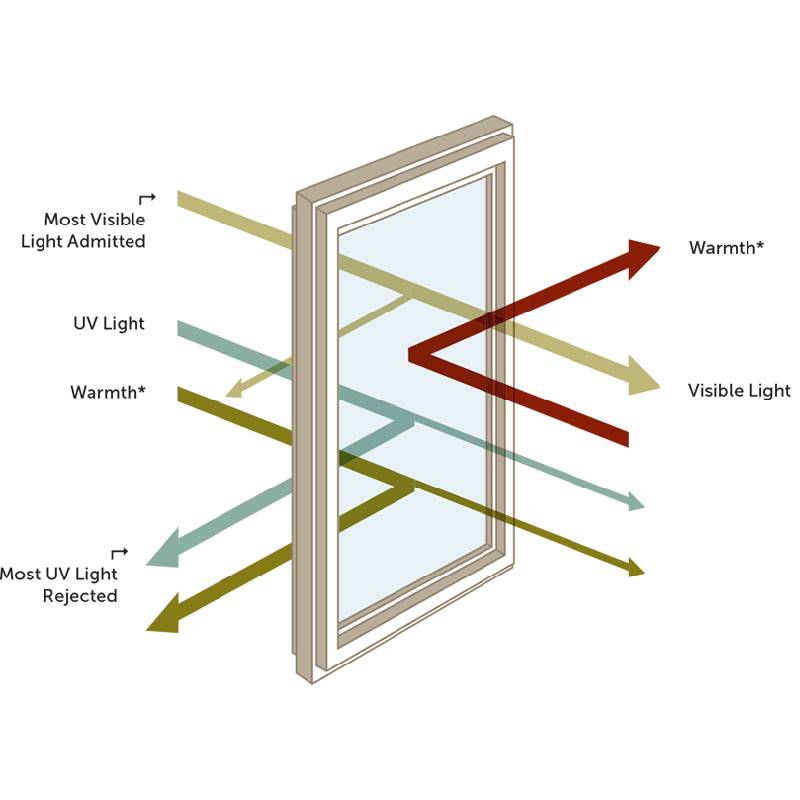

The Allure of Dark Gray Reflective Glass
In the realm of modern architecture and design, materials play a pivotal role in shaping our experiences and interactions with spaces. Among these materials, dark gray reflective glass has emerged as a favorite among architects and designers for both its aesthetic appeal and functional benefits. This article explores the various facets of dark gray reflective glass and its significance in contemporary design.
Aesthetic Appeal
One of the most compelling qualities of dark gray reflective glass is its striking appearance. The deep hues of gray offer a sophisticated and sleek look, captivating the attention of passersby and creating a sense of intrigue. Its reflective nature imparts a three-dimensional character to buildings, allowing them to interact with their surroundings. As the environment changes throughout the day, the glass catches and reflects light in dynamic ways, ensuring that each moment provides a fresh perspective. Whether used in a sleek commercial space or a modern residential home, dark gray reflective glass adds an element of elegance and modernity.
Versatility in Design
The versatility of dark gray reflective glass makes it suitable for a wide array of applications. It can be utilized in facades, windows, and even interior partitions, creating seamless transitions between spaces. This versatility allows for innovative design solutions, where architects can play with the transparency and opacity of the glass to modulate light and create intriguing visual elements. Furthermore, the glass can be combined with other materials, such as metal or wood, to strike a harmonious balance and enhance the overall aesthetic of a project.
Energy Efficiency

Beyond its beauty, dark gray reflective glass also offers practical benefits, particularly in terms of energy efficiency. Its reflective properties help to reduce heat gain from sunlight, making buildings more energy-efficient and comfortable for occupants. This is especially beneficial in warmer climates, where the reduction of solar heat can lead to lower energy consumption for cooling systems. As sustainability continues to be a critical consideration in modern architecture, the use of energy-efficient materials like dark gray reflective glass aligns perfectly with eco-friendly design principles.
Privacy and Security
Another advantage of dark gray reflective glass is the privacy it affords. While maintaining a modern, open feel, the reflective surface provides a degree of visual separation from the outside world. This feature is especially appealing in urban environments where buildings are closely situated. It allows inhabitants to enjoy natural light and views without compromising their privacy. Moreover, the strength and durability of this type of glass enhance security, making it more resistant to breakage compared to traditional glass options.
Maintenance and Durability
Dark gray reflective glass is not only aesthetically pleasing but also remarkably durable. Its surface is designed to withstand the elements, ensuring that it remains vibrant and functional over the years. Additionally, many manufacturers offer coatings that help repel dirt and grime, making maintenance easier and less frequent. This durability is a significant advantage for commercial buildings, which are subject to heavy wear and tear.
Conclusion
In conclusion, dark gray reflective glass stands out as a multifaceted material that marries form and function. Its aesthetic appeal, versatility, energy efficiency, privacy, and durability make it an exceptional choice for modern architecture and design. As we continue to seek innovative solutions to meet the demands of contemporary living, the popularity of materials like dark gray reflective glass is likely to rise. It encapsulates the essence of modernity while promising a sustainable future, ensuring its place in the architectural landscape for years to come. As designers and architects explore its potential, we can look forward to witnessing the creative ways in which this stunning material will shape our built environment.